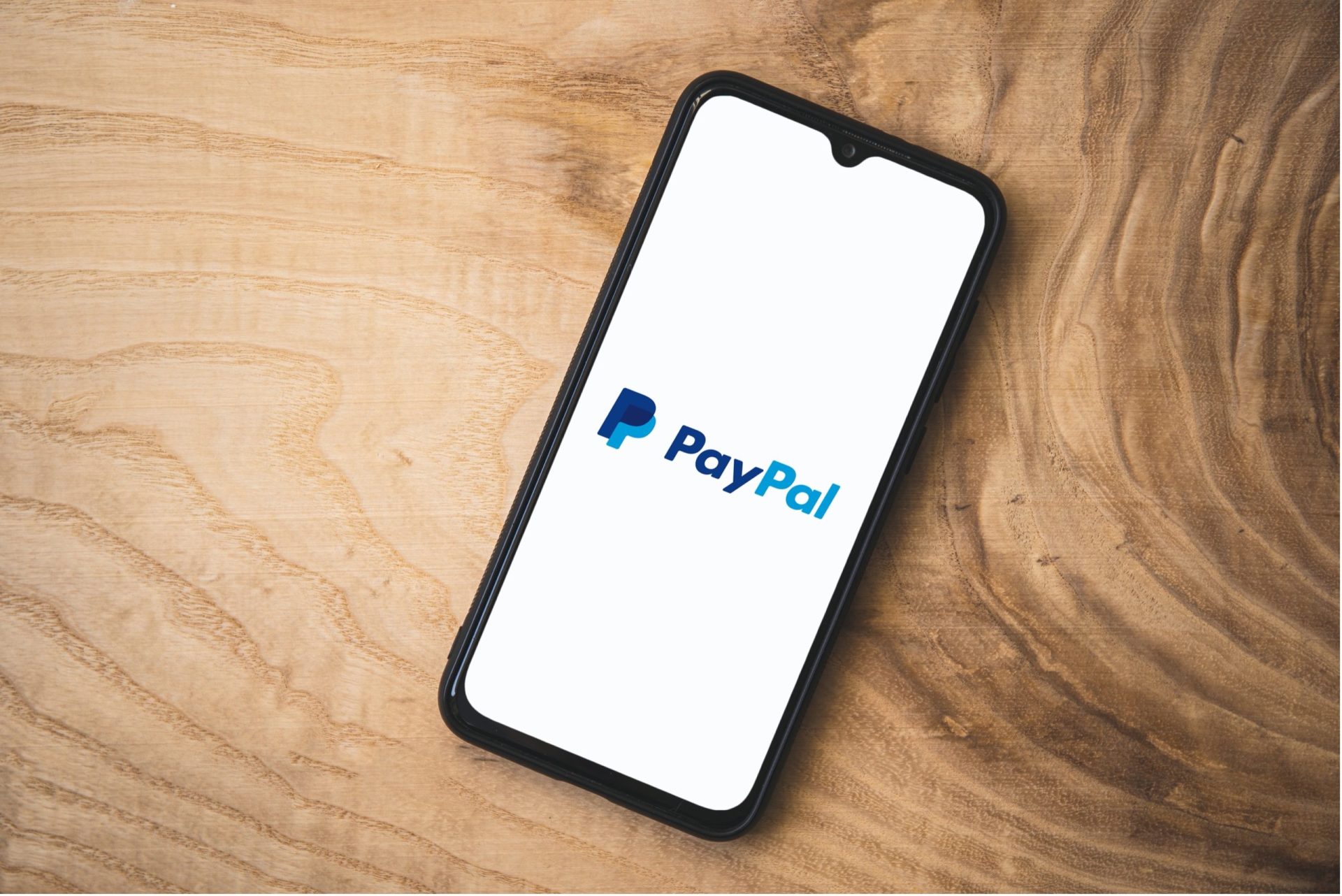Table of Contents
Currently, PayPal is one of the largest e-wallets globally, with over 350 million active users. All these accounts are vulnerable to fraud, which can result in substantial financial losses.
In this article, we’ll explore how fraud can happen through PayPal and what you can do to protect yourself against it.
Can Fraud Happen through PayPal?
The answer is yes, and scammers have a lot of ways to do it:
1. Phishing
Phishing is a type of online fraud that involves tricking people into revealing sensitive information, such as passwords and credit card numbers. One common phishing scam involves creating a fake login page that looks identical to the real thing. When someone tries to log in, their credentials are harvested and then used to gain access to their accounts.
In PayPal’s case, fraud is through phishing emails. These are emails that look like they come from PayPal but are actually from someone else trying to steal your information.
These emails usually contain a link that takes you to a fake website that looks almost exactly like the real PayPal website. Once you enter your login information on this fake site, the scammer now has access to your account and can do whatever they want with it.
2. Malware
Another type of PayPal fraud is related to malware, a type of software that can be installed on your computer without your knowledge. Once it’s installed, it can be used to collect your PayPal login information or to make unauthorized charges on your account.
Malware can be installed in a number of ways, such as through email attachments, fake downloads, and infected websites.
3. Chargeback Scams
Chargeback scams are becoming increasingly common on PayPal. In a chargeback scam, a user will file a dispute with PayPal, claiming that they never received the goods or services that they paid for.
If PayPal finds in favor of the buyer, the money that was originally paid will be refunded to the buyer and the seller will be charged a fee.
This type of scam can be especially damaging to small businesses since it can result in a loss of both revenue and reputation. It can also be difficult to prove that the goods or services were actually received by the buyer.
4. Refund Scams
Refund scams are similar to chargeback scams, but they involve buyers who never even receive the goods or services that they paid for. Instead of filing a dispute with PayPal, the buyer will simply request a refund from PayPal.
PayPal may issue the refund without investigating whether the buyer actually received the goods or services. This leaves the seller out of pocket and can damage their reputation.
5. Credit Card Fraud
Credit card fraud is another type of PayPal fraud that is becoming increasingly common. In this type of fraud, a scammer will use a stolen credit card to make a purchase from a seller.
The scammer will then file a chargeback with the credit card company, claiming that they never received the goods or services. If the credit card company finds in favor of the scammer, the money will be refunded to them and the seller will be left out of pocket.
What Can You Do to Protect Yourself Against PayPal Fraud?
PayPal fraud can hurt your pocket and lead to a stolen identity. If you’re a business, it can ruin the credibility you took years to build.
Fortunately, you can something to protect yourself against PayPal fraud:
1. Use a Secure Password
One of the most important things that you can do to protect your account is to use a strong and unique password. A strong password should be at least eight characters long and should include a mix of upper and lowercase letters, numbers, and symbols.
You should never use the same password for more than one account. If a hacker manages to get your password for one account, they will then have access to all of your other accounts.
2. Don’t Click on Unknown Links
Another way that scammers can gain access to your account is by getting you to click on a malicious link. These links can be sent to you in an email or they can be found on websites.
If you’re not sure whether a link is safe, don’t click on it. You can hover over the link to see where it’s going to take you before you click on it.
3. Use PayPal’s Security Features
PayPal offers a number of security features that can help to protect your account.
One of these features is two-factor authentication, which requires you to enter a code that is sent to your phone whenever you try to log in to your account. This makes it much harder for hackers to gain access to your account.
4. Keep Your Software Up-to-Date
Another way to protect your computer from malware is to keep your software up-to-date. Whenever a new version of your operating system or browser is released, make sure that you install it as soon as possible. These updates usually include security fixes that can help to protect your computer from the latest threats.
Final Words
PayPal fraud is a serious problem that can have a big impact on your life. By taking some simple precautions, you can help to protect yourself against PayPal fraud.
If you think that you may have been the victim of PayPal fraud, you should contact PayPal immediately. They will be able to help you to resolve the issue and get your money back.













